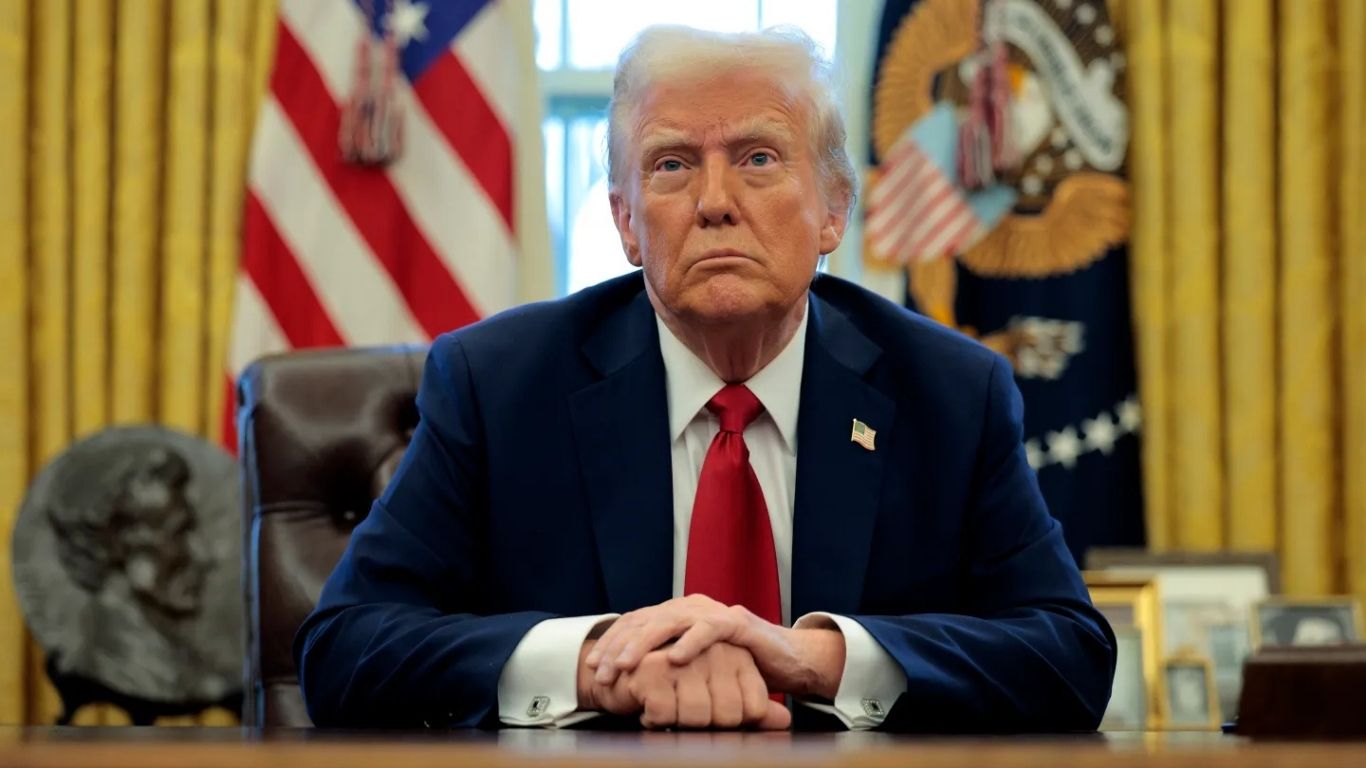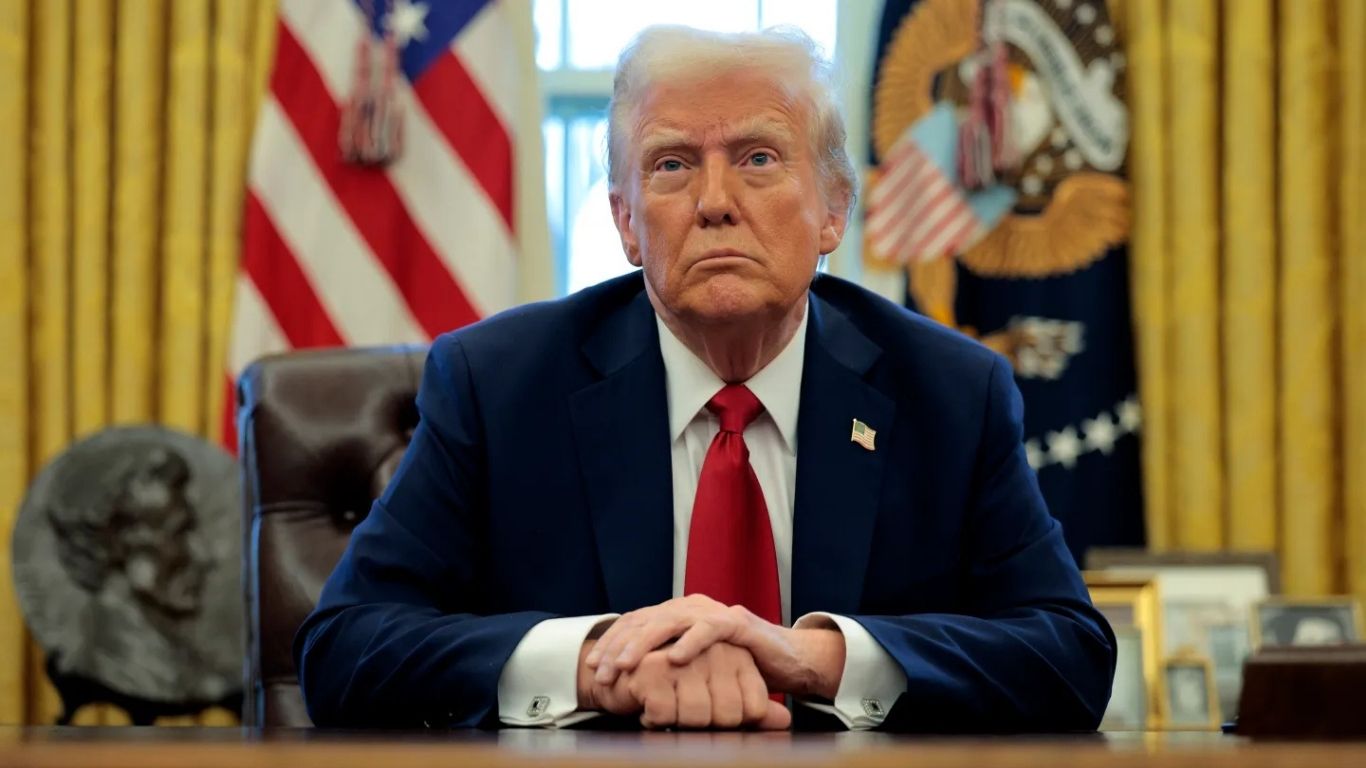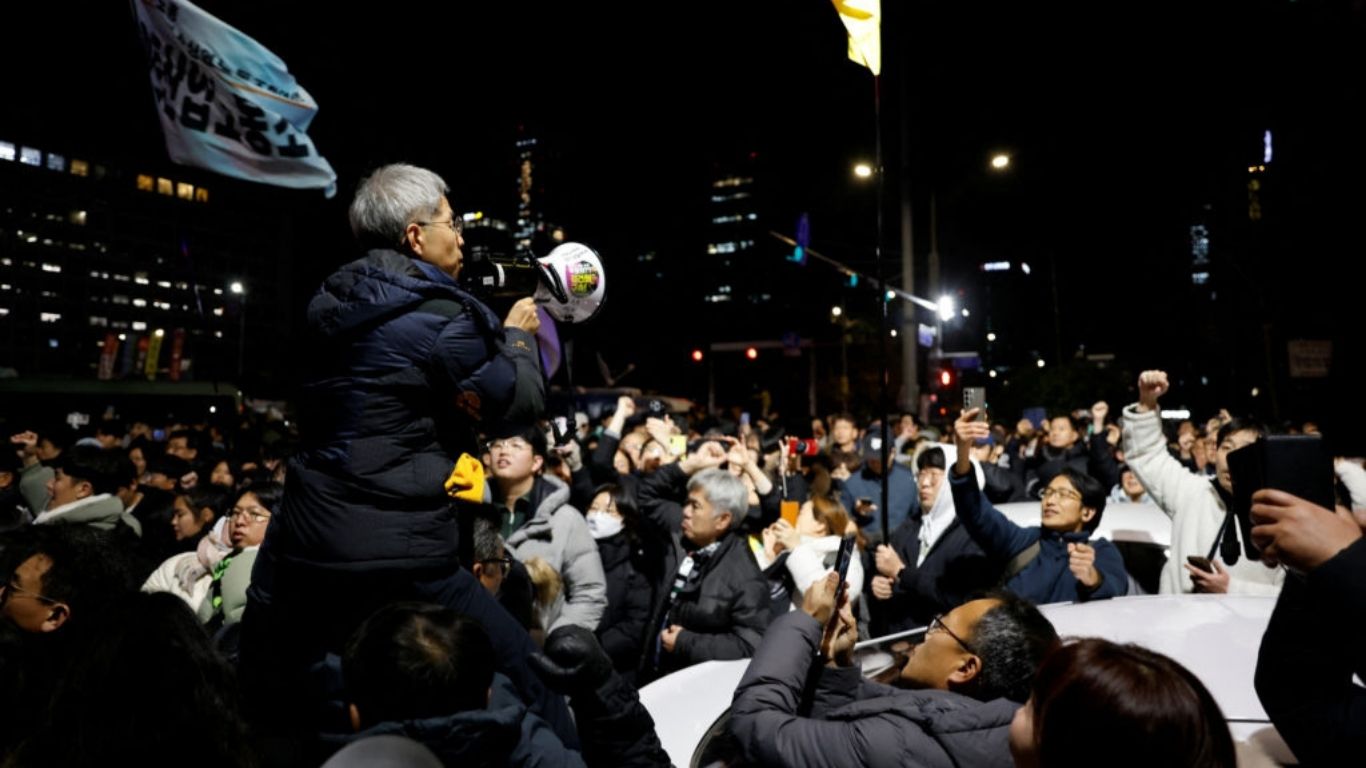India, long revered as the country of multiculturalism, now finds itself struggling with a narrative dominated by rising extremism. The secular fabric of the nation, once its pride, seems to be fraying under the continous tug of Hindutva ideology. For the nation’s 200 million Muslims, the situation is no longer just challenging—it is existential.
Ajmer is the Latest Target!
On November 27, 2024, an Ajmer court ordered notices to multiple parties over a petition claiming that a Shiva temple lies beneath the Dargah of Saint Moinuddin Chishti, a site venerated by millions of Muslims and Hindus alike. The petition sought permission for Hindu worship within the shrine, echoing familiar claims of “temple reclamation” that have increasingly marked India’s socio-political discourse.
This isn’t an isolated case. Similar allegations paved the way for the demolition of the Babri Masjid in 1992, where Hindu nationalist groups insisted it was built atop Lord Ram’s birthplace. That demolition wasn’t just the destruction of a structure; it was the erasure of coexistence.
“History, when weaponized, is not about the past but about controlling the present.”
—A reflection from a seasoned historian.
What’s the actual allegation?
The petition filed by Vishnu Gupta, leader of the Hindu Sena, alleges that the Dargah stands on the remnants of a Shiva temple—an assertion that has sparked anger among the shrine’s management and the broader community.
Gupta’s petition, submitted to a civil court in Ajmer, seeks a survey of the Ajmer Sharif Dargah to uncover purported evidence of a Shiva temple predating the shrine. According to the petitioner, there are underground cellars containing a Shiva Linga and remnants of a Hindu temple. “After the demolition of the Mahadev temple, the structural materials were used for the construction of the Dargah,” Gupta claims.
Citing historical references, including writings by Har Bilas Sarda, a politician from the British era, Gupta argues that Ajmer, known as Ajaymeru before the 11th century, was originally a site of Hindu worship. “The property is in question, which is why the Muslims never got ownership rights,” he adds. The petition has prompted the court to issue notices to the Dargah committee, the Ministry of Minority Affairs, and the Archaeological Survey of India (ASI).
Dargah Authorities Push Back
Unsurprisingly, the management of the Ajmer Dargah has dismissed these claims as baseless. Syed Sarwar Chishty, secretary of the Anjuman Syed Zadgan, criticized the court’s decision to entertain the petition. “Every year, millions of pilgrims from all religions visit this shrine—a beacon of unity. These allegations are part of a disturbing pattern targeting minority communities.”
Syed Nassiruddin, son of the Dargah Dewan, echoed this sentiment, stating, “We are discussing legal recourse to ensure such absurd claims are not entertained in the future.”
Revival of Historical Claims: Kashi, Mathura, and Beyond
This case is not an isolated incident. The demolition of Babri Masjid became a precedent for similar demands concerning other religious sites, notably in Kashi and Mathura. Right-wing groups reignited controversies, claiming ancestral Hindu heritage over several mosques, despite the protective scope of the 1991 Act. Recently, the judiciary allowed surveys to investigate the history of these sites, interpreting the law as permitting such inquiries. This decision emboldened divisive narratives, exploiting historical ambiguities to further sectarian goals.
This trend has led to escalating claims over numerous mosques and dargahs, including the Ajmer Dargah and Sambhal Jama Masjid, often supported by questionable documents and colonial-era mistranslations, such as Mrs. Beveridge’s annotations in Baburnama. The British-era “divide and rule” policy laid the groundwork for communal historiography, framing rulers as religious emissaries and ignoring nuanced historical realities.
Critics argue that these claims are often rooted in political agendas rather than historical accuracy. Kavita Srivastava, National President of the People’s Union for Civil Liberties (PUCL), points out the dangerous results of such disputes. “The Ajmer Dargah has stood for 800 years, attracting people of all faiths. Attempts to rewrite its history are a direct attack on India’s secular fabric.”
Srivastava also cited the Places of Worship Act, 1991, which prohibits altering the religious character of any site as it existed on August 15, 1947.
The Broader Context
This controversy comes amid heightened tensions following similar disputes across the country. Notably, just days before the Ajmer petition, a clash in Sambhal, Uttar Pradesh, left several young Muslim men dead during protests against a proposed survey of the Shahi Jama Masjid.
Adding fuel to the fire, the Bharatiya Janata Party (BJP)-led Rajasthan government recently renamed a state-run hotel in Ajmer from “Khadim” to “Ajaymeru,” invoking the city’s pre-Islamic heritage.
Misuse of Historical Narratives: A Hindrance to Peace and Progress
The 1980s marked a significant shift in India’s sociopolitical climate, as communal forces leveraged history to incite division. A pivotal moment was the Rath Yatra led by Lal Krishna Advani, advocating the construction of a grand temple for Lord Ram at the Babri Masjid site, a mosque that had stood for over five centuries. In response to the rising tensions, Parliament enacted the Places of Worship (Special Provisions) Act, 1991, mandating the preservation of religious places’ character as it stood on August 15, 1947. This law was later upheld by the Supreme Court as a cornerstone of constitutional harmony, underscoring its role in fostering peace.
Despite the law, the Babri Masjid demolition in 1992 emerged as a dark chapter in India’s history. Although the Supreme Court declared the act a crime, it also observed the lack of evidence of a temple beneath the mosque. Contrarily, prominent archaeologists like Prof. Supriya Varma suggested that beneath the mosque lay traces of a Buddhist stupa from the Gupta period, fueling a nuanced historical discourse.
A Historical Perspective: Religious Conflicts and Power Dynamics
India’s history of religious conflict extends beyond communal narratives. Ancient Buddhist and Jain sites were frequently targeted during power struggles. Swami Vivekananda and Swami Dayanand Saraswati acknowledged the re-Hinduisation of Buddhist temples and Jain relics during the medieval period.
Historical accounts like those of Pushyamitra Shunga, a noted persecutor of Buddhists, illustrate that religious animosity predated the medieval Muslim invasions. Meanwhile, the economic and political motives of temple destruction by rulers like Raja Harshdev challenge simplistic communal interpretations.
A Calculated Strategy to Rewrite History
Hindu nationalist organizations like the Rashtriya Swayamsevak Sangh (RSS) and the Bharatiya Janata Party (BJP) have made it their mission to redefine India’s history. By targeting Islamic landmarks, they aim to assert dominance and foster a divisive “us versus them” narrative. Renaming cities, sidelining Muslim contributions, and marginalizing their presence in public spaces are all part of this larger agenda.
Richard Eaton, a noted historian, once debunked claims that the Mughals demolished tens of thousands of Hindu temples. “The numbers are exaggerated to absurd levels,” he remarked. However, these myths continue to serve as potent fuel for political mobilization.
Global Reverberations of Hindutva’s Rise
The ripple effects of such divisive actions are not limited to India. Neighboring countries like Bangladesh and Pakistan, with significant cultural ties to India, perceive attacks on Indian mosques as affronts to Islamic identity itself. Protests often flare up, sometimes culminating in violence, further straining regional relations.
Even countries like Nepal and China are not immune. Nepalese Muslims express growing concerns over potential spillovers of Hindutva ideology, while China uses India’s communal tensions as a propaganda tool to mask its own repression of Uighur Muslims.
“India’s battle with its minorities isn’t just a domestic issue; it’s a South Asian tragedy.”
—An observer from Pakistan’s Dawn newspaper.
Symbolism and Consequences
The destruction or targeting of mosques isn’t merely about religion. It’s about reshaping public memory and eroding India’s rich pluralistic heritage. Every act of erasure is a statement: “This land belongs to one group alone.”
The consequences of such actions are far-reaching. Domestically, they foster fear among minorities and deepen societal divides. Internationally, they tarnish India’s image as a secular democracy. Reports from organizations like the United States Commission on International Religious Freedom (USCIRF) have repeatedly flagged India for its declining religious tolerance.
A Political Hypocrisy?
It’s ironic, then, that the very proponents of Hindutva have historically revered sites like Ajmer Sharif. Leaders like L.K. Advani and Murli Manohar Joshi once visited the shrine as pilgrims. Even Prime Minister Narendra Modi has sent ceremonial offerings to the Dargah. These gestures, however, now ring hollow against the backdrop of the sustained assault on India’s Islamic heritage.
Broader Historical Context
The lack of evidence for the Ajmer Dargah claim fits within a broader pattern of politically charged historical narratives. Claims about other mosques and dargahs often rely on dubious sources or speculative translations, such as Mrs. Beveridge’s baseless footnote in the Baburnama regarding the Babri Masjid. Without rigorous historical or archaeological validation, such assertions should be treated with skepticism.
What’s at Stake?
Beyond the legal arguments and historical claims lies a deeper question: What does this mean for India’s pluralistic identity? The Ajmer Dargah has long symbolized unity, where Jain and Hindu processions coexist with Muslim rituals.
As Syed Sarwar Chishty observes, “This shrine has always embraced diversity. Even RSS processions have been greeted with flowers here. What kind of society do we become if we allow such harmony to be torn apart?”
The Road Ahead
The case is set for its next hearing on December 20, leaving both sides gearing up for a protracted legal battle. Meanwhile, the PUCL has called on the Supreme Court to intervene and prevent lower courts from entertaining petitions that violate the 1991 Act.
In times like these, one can’t help but wonder about the irony. Here Indians are, in a country celebrated for its “unity in diversity,” where even the smallest challenge to communal harmony should be met with swift justice. Yet, as history has shown, the path to peace is often fraught with needless conflict.
As for Ajmer, one hopes the shrine’s centuries-old spirit of inclusivity will weather this storm. After all, as someone once said, “Harmony doesn’t need proving—it needs preserving.”




